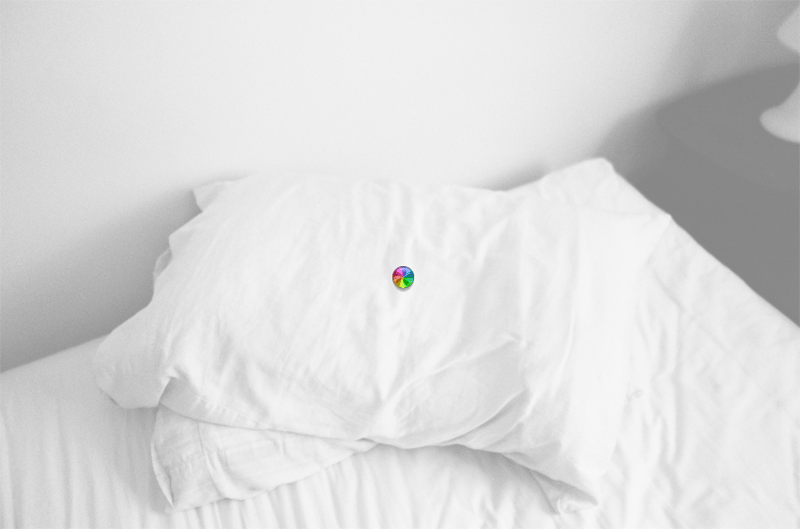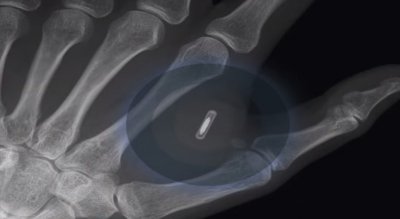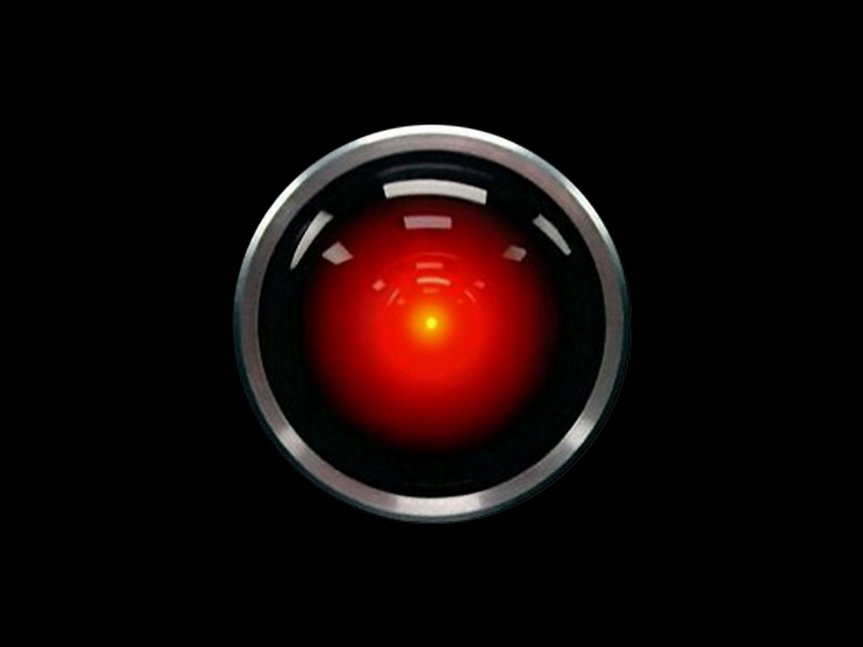Ever had a long day and all you can think about was collapsing into a blissful slumber in your warm, comfy bed. Not having to think or do anything except relax and recharge? What if you got home to find your bed gone? Lights are bright and music is blaring and there is no way to turn them off. How will you get a good night’s sleep in these conditions? What if this goes on for months? For some it has.
Sleep deprivation has been use as a torture technique for centuries. In the Pentagon’s ‘First Special Interrogation Plan’ Mohammed al-Qahtani was one of many prisoners to be subjected to this form of torture. He was incarcerated for two months in a brightly lit, tiny cubicle, in which he was unable to lie down. Loud music was broadcast around the clock. The affects of sleep deprivation in the short-term include psychosis, and after several weeks neurological damage begins to occur (Crary 2013).
The statement ‘The denial of sleep is the violent dispossession of self by external force, the calculated shattering of an individual’ (Crary 2013) allows us to see that Crary views the forceful removal of sleep as the removal of a basic requirement of human life.
For about eight years the US Defense Department has been funding studies of the white-crowned sparrow. This bird can stay awake for up to seven days during their migration period. The aim of this research is to discover ways to allow human beings to go without sleep while continuing to function productively and efficiently. The initial objective is the creation of the sleepless solider. This study is one of many in the quest to gain mastery over sleep, including neurochemicals, gene therapy and transcranial magnetic stimulation (Crary 2013).

If this research amounts to anything in the future I believe this technology could also be marketed to scientists, surgeons, shift workers and even students – anyone who is fighting against a deadline or needs to stay awake and alert. However, as a species we may need to think about the reasons why we are doing this and the long-term consequences this may have on society and individuals. Maybe we need to think: are we meddling too much with nature?
References
- Crary, J, 2013. 24/7: Late Capitalism and the Ends of Sleep. 1st ed. London: Verso.
- Zoe Burnett. 2016. Dream Beam. [ONLINE] Available at: http://www.dreambeam.co/gifs-1/0z2xanvk97uvoapmvaaf3a2jbqwqz1. [Accessed 28 October 2016].
Britt Neech




